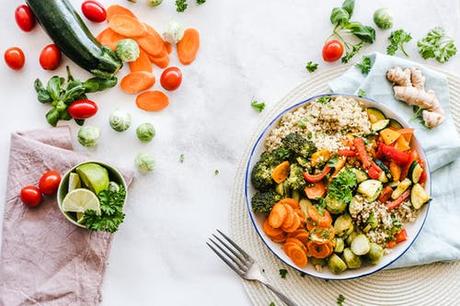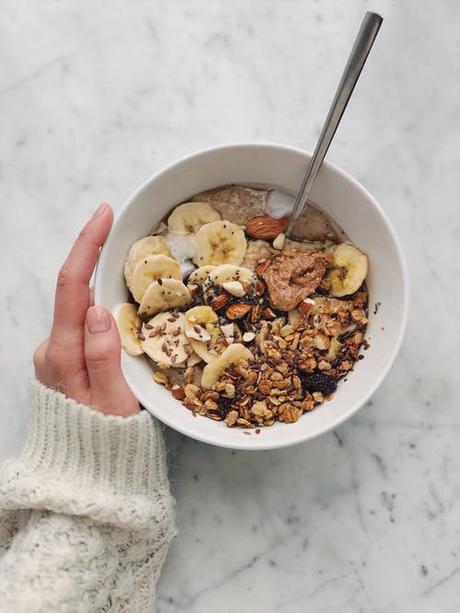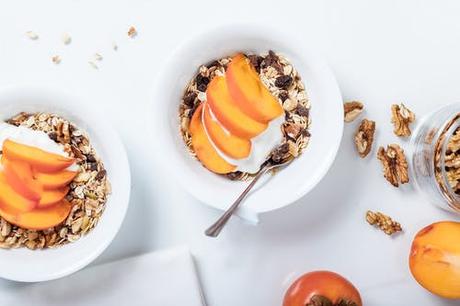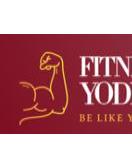What is Atkins Diet? | Pros & Cons of Atkins Diet
What Is Atkins Diet?
The Atkins diet is one of the world’s best-known low-carb diets. A low-carbohydrate diet refers to a diet in which the intake of carbohydrate-rich foods, such as cereals, fruits, sugar, and starchy products, is limited. In the Atkins diet, the diet consists mainly of proteins and fats. Avoiding carbohydrates is aimed at the body's state of ketosis, where the body moves instead of carbohydrates to use its own fat stores as a source of energy to maintain its function.

The great popularity of the Atkins diet is based on the fact that it does not severely limit the amount of food or its caloric content. Thus, the dieter does not have to suffer from constant hunger, and at the same time, the appetite is reduced. The Atkins diet also does not require calorie counting, which is difficult for many. The dieter also does not have to give up all the delicacies, but eating cheeses, for example, is allowed. Indeed, many who swear by Atkins describe the diet as comfortable and easy to follow. Therefore, it is possible to make it a permanent lifestyle, in which case the achieved weight loss will also remain.
At all stages of Atkins, a regular eating rhythm, adequate water intake, and exercise are an essential part of the diet. During the first days of the diet, headaches and weakness may occur in people who are not accustomed to a low-carbohydrate diet.
After about a week, however, it feels easier, and many dieters feel refreshed. This is due to the formation of ketones in ketosis and the fact that the brain prefers to use ketones as fuel.
You can find a lot of good experiences with this diet online.

The Atkins Diet consists of four stages, which are:
start-up phase
weight loss phase
pre-maintenance phase
maintenance phase
The purpose of the start-up phase is to kick-start weight loss effectively by helping the body move from burning carbohydrates to burning the body’s own fat. At the same time, it is desired to break the body's carbohydrate dependence.
This is done by dropping the number of carbohydrates to a minimum. When the body receives enough carbohydrates, it enters a state of ketosis, which uses the fat stored in the body as fuel, causing the weight to drop.
From the initial stage to the weight loss stage, the amount of carbohydrates is still small, but still slightly higher than in the initial stage. The weight loss phase is continued until the target weight is only a few kilograms away.
Pre-maintenance Phase
The weight loss phase is followed by a pre-maintenance phase. At this point, carbohydrates are gradually added to the diet so that weight loss is slowed down. The pre-maintenance phase is continued until the target weight is reached.
Maintenance Phase
In the last or maintenance phase, more diet is possible compared to the previous phases. The amount of carbohydrates allowed is also higher than before. At this point, the diet is to be transformed into a lifestyle that is permanent.
Atkins Diet pros
You are allowed to eat as much food as you want. In traditional diets, the number of calories is limited.
Hunger stays away.
Fast weight loss.
The diet is reasonably easy to follow - the foods and ingredients allowed are clearly defined.
Atkins Diet cons
If the majority of the fats you eat in your diet are high, your diet may be detrimental to your heart health.
Due to the low fiber content of the diet, constipation may occur.
The ketone state causes fatigue, nausea, and headaches in some people, at least at the beginning of the diet. Diabetics or people with heart and kidney problems should always consult a doctor before starting a low-carbohydrate diet.
For some, it causes bad breath.

Atkins Diet start-up Instructions
Eat either three normal-sized meals or four to five small meals a day.
Don't skip meals. And don’t eat for more than six hours during the day.
Eat at least 115 to 175 grams of high-protein food with every meal (up to 225 grams if you’re a tall man).
Eat 20 grams of carbohydrates a day.
12 to 15 grams of carbohydrates should come from salads and cooked vegetables.
You can take an iron-free multivitamin pill or tablet daily as well as an Omega-3 supplement to make sure you get all the nutrients you need.
Drink at least 8 glasses of water (or other permissible fluid) daily.
Permitted foods
Meat: bacon, beef, ham (whole meat), lamb, pork, and veal.
Fish: salmon, trout, tuna, sardines, cod, and herring.
Poultry: chicken, turkey, duck, goose, pheasant, and quail.
Seafood: shrimp, crab, mussel, lobster, oyster, and octopus.
Eggs max 3 pcs per day.
Cheese: Blue Cheese, Brie, Cheddar, Cream Cheese, Emmental, Feta, Parmesan, Gouda, Goat Cheese, Mozzarella (made with whole milk).
Vegetables: asparagus, eggplant, beans, broccoli, cauliflower, cucumber, mushrooms, tomato, sauerkraut, spinach, turnip, paprika, spring onion, celery, bamboo shoots, radish, mushrooms, onions, olives (black and green), avocado, and green salad.
Drinks: water, mineral water, coffee, tea, light drinks, soy/almond milk, and cream.
Also, Read👇👇👇👇
What is the Paleo Diet | Quick Recipe For Paleo Diet👈👈Keto Diet | BENEFITS AND PRACTICES OF A KETOGENIC DIET👈👈
What Is The Vegan Diet? | Pros And Cons Of The Vegan Diet👈👈Girls Talk👈👈
Atkins Diet Recipes
I REMEMBER DIET
There is no limit to the amount of food and no calories.
Days 1 and 8
Breakfast: eggs and a variety of vegetables fried in coconut oil
Lunch: chicken salad with olive oil and a handful of nuts
Snack: Greek yogurt
Dinner: beef steak and vegetables
Evening snack: whole meat sausage and fatty cheeses
Days 2 and 9
Breakfast: bacon and eggs
Lunch: chicken and vegetables
Snack: a handful of nuts
Dinner: beef steak and vegetables
Dinner: Greek yogurt and berries
Days 3 and 10
Breakfast: vegetable sommelier
Lunch: shrimp salad and olive oil
Snack: whole meat cut and fatty cheeses
Dinner: minced meat and vegetables fried in a pan
Evening meal: boiled eggs
Days 4 and 11
Breakfast: eggs and a variety of vegetables fried in coconut oil
Lunch: minced meat and vegetables fried in a pan
Snack: a handful of nuts
Dinner: baked salmon and roots
Evening snack: whole meat sausage and fatty cheeses
Days 5 and 12
Breakfast: bacon and eggs
Lunch: chicken salad with olive oil and a handful of nuts
Snack: boiled eggs
Dinner: meatballs in cream sauce and green salad
Dinner: Greek yogurt and berries
Days 6 and 13
Breakfast: vegetable sommelier
Lunch: meatballs in cream sauce and green salad
Snack: boiled eggs
Dinner: Pork chops and vegetables
Evening meal: a handful of nuts
Days 7 and 14
Breakfast: bacon and eggs
Lunch: Pork chops and vegetables
Snack: Greek yogurt
Dinner: grilled chicken wings and vegetables
Evening meal: boiled eggs
ORIGINALLY WRITTEN BY - FITNESS YODHA

